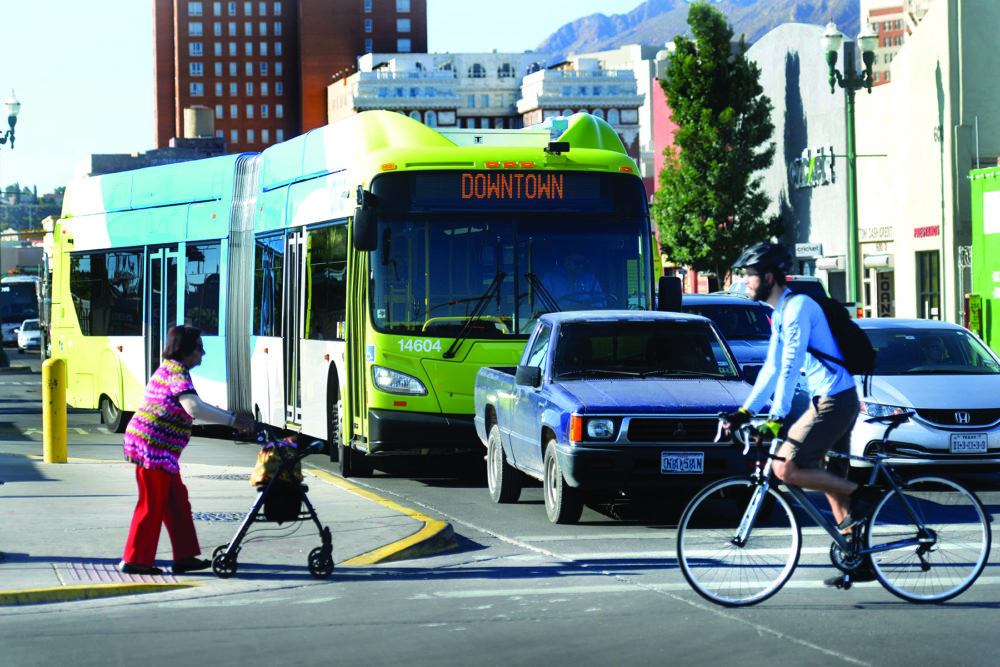Unintended Pedestrian Action Plan
Description
Educate motorists on appropriate actions if they become stranded on a freeway or high-speed roadway to reduce crashes with unintended pedestrians on high-speed roadways.
Steps For Implementation
- Develop a public service announcement campaign for both motorists and pedestrians. This includes developing campaign materials including audio, television, social media, dynamic message sign messages, and potential giveaways. Implement the campaign using a data-driven approach to identify designated outreach regions and time frames.
- Expand courtesy patrol programs. Develop service levels (service hours, services provided, and call times). Determine how to dispatch and receive calls (new facility, new phone lines, and new dispatch equipment). Purchase equipment, and hire and train staff.
Participating Organizations
TxDOT, regional mobility agencies, metropolitan planning organizations (MPOs), toll authorities, and county and city agencies
Effectiveness
*****
to
*****
Cost to Implement
$$$$$
to
$$$$$
Time to Implement
Short
Medium
Long
Barriers
- Concise messaging of what to do (to get out or not get out of the car because of things such as fire).
- Manual on Uniform Traffic Control Devices (allowable dynamic message sign messages).
- What is the hook? How to make this interesting?
- Funding.
- Educating people on availability of services and how to contact agencies for those services.
- Availability of employee or staff pool.
Notes
- Stay in the vehicle and call for help (Steer It and Clear It).
- Consider policies for, and enforcement of, moving over and/or encouragement for motorists to move over and away from stranded cars and roadside pedestrians (safe passing law). Examples are expansion of the move over/slow down law, safe passing laws such as the San Antonio ordinance, and proposed statewide legislation.
